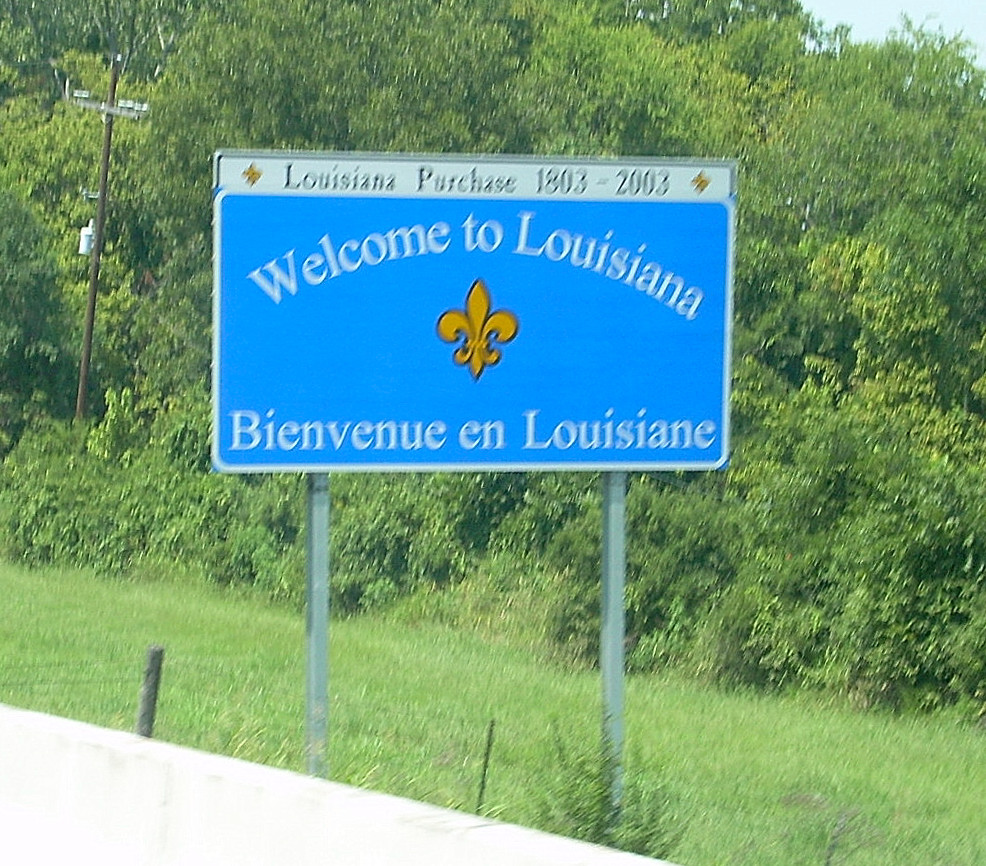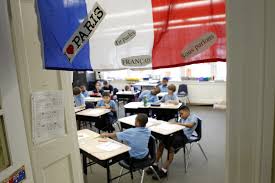French in the USA
Posted on October 15th, 2013 by Jonah Arellano in Uncategorized | No Comments »
Going back to an earlier post about the prevalence of French in Canada, I thought I’d give it another go with the US as the country this time. After all, some areas of the US were also colonized as part of New France which has left a lasting impression on the local cultures of these regions. So, get ready, because it’s about to start raining facts.
The History of French in the United States
Along with Spanish and German, the French language emerged in the United States as a colonial language, and was widely used before the use of English gained dominance in the 1600s. The French colonists (known as Acadians) settled in the Canadian Provinces to set up residence as hunters and fur traders. New France was established in present-day Quebec. French-speaking communities settled in the United States when economic hardships drove settlements out of the Quebec province and into textile-mill towns in New England and the upper Midwest. In 1755, the Acadians were exiled from what is now Nova Scotia by the British government and relocated in France, the West Indies, and the American colonies. A large number of Acadians found refuge in Louisiana; today people in this community identify as Cajun.
French in the US Today
French is the fourth most-spoken language in the United States behind English, Spanish, and Chinese, and the second most spoken language in the two northern New England states of Maine and Vermont. Three major dialects of French developed in the United States: Louisiana French, spoken in Louisiana; New England French (a local take on Canadian French); and Missouri French, spoken in Missouri and Illinois—each with its own quirks and subgenres.
Like any other language, French has also been carried to various parts of the country by way of immigration from Francophone regions. Namely, Florida and San Francisco are both home to French speaking communities.
Behind Spanish, French is the second-most-studied foreign language in the  United States. People trying to preserve their French heritage may opt to enroll their children in a French immersion school, or if one wishes to further their adult education, many US universities offer French language courses and degree programs. One thing worth noting about the French being taught in American schools: though the US shares a border with Canada, the French taught in the US is based on that of France and not the Canadian dialect. Sorry, Canada.
United States. People trying to preserve their French heritage may opt to enroll their children in a French immersion school, or if one wishes to further their adult education, many US universities offer French language courses and degree programs. One thing worth noting about the French being taught in American schools: though the US shares a border with Canada, the French taught in the US is based on that of France and not the Canadian dialect. Sorry, Canada.
To Wrap Things up…
So, there you have it, another example that French isn’t just spoken in France. There are French communities all over the place, and one could do worse than to learn a language with as much possibility to be beneficial as French. Whether for business or pleasure, French is an accessible language with many places for a language learner to practice with the added benefit of an English-speaking safety net. Just remember to make allowances for regional dialects, and you’ll be fine.
What do you think of French speaking communities outside of France? If you are a non-native speaker, would you feel more comfortable practicing in one of these areas, or would you prefer to immerse yourself in all things French without English to fall back on?





